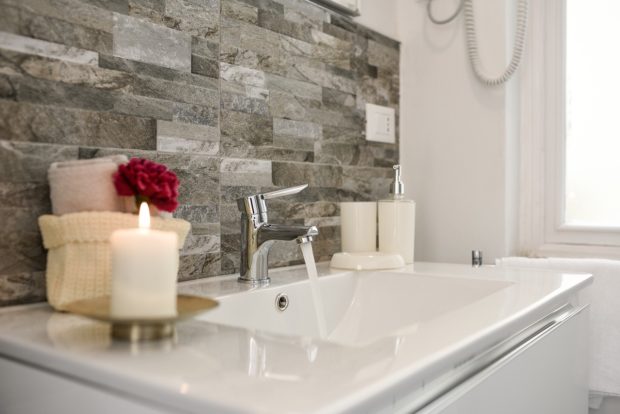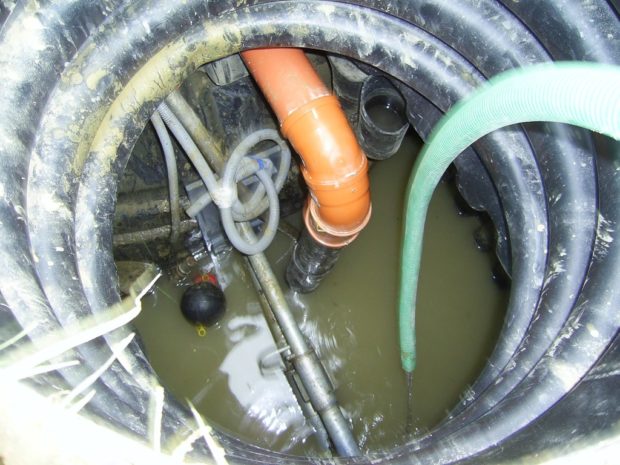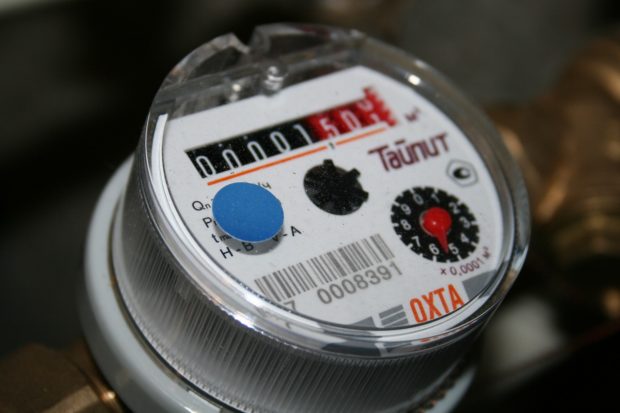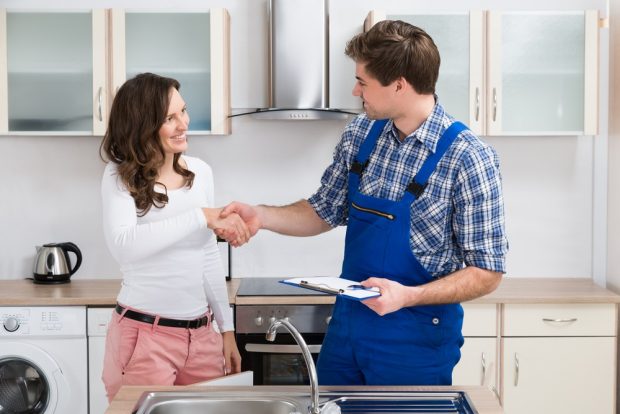There are few things more frustrating than low water pressure. Whether you’re trying to take a shower and the water is barely trickling out, or you’re trying to do the dishes and the water won’t even reach the sink, low water pressure can make even the simplest tasks a hassle. Fortunately, there are a few easy ways to fix low water pressure. In this blog post, we’ll share some tips on how to increase your water pressure and get back to living life with ease.
Check Your Fixtures
One of the first things you should do if you’re experiencing low water pressure is to check your fixtures. Over time, sediment can build up in your pipes and reduce water flow. Before you call a professional, try unscrewing your showerhead or faucet and cleaning out any sediment that may have accumulated. Once you’ve re-attached your fixture, turn on the water and see if there’s a difference in pressure.

Check for Leaks
Another common cause of low water pressure leaks. A small leak might not seem like a big deal, but even a tiny drip can waste gallons of water over time—and that wasted water can lead to decreased water pressure. If you suspect you have a leak, shut off all the fixtures in your home and check your water meter. If the needle is moving, even slightly, that’s an indication that you have a leak somewhere in your system.

Check Your Main Water Valve
If neither of those solutions does the trick, it’s possible that your main water valve is partially closed. This is especially common if you’re experiencing low water pressure throughout your entire home (as opposed to just one fixture). To rule this out as a possibility, locate your main water valve (it will likely be near your water heater or outside by your hose spigot) and turn it all the way to the “on” position. Once you’ve done this, restart each fixture in your home one at a time to see if there’s an improvement in water pressure.

Call a Professional
If after trying all of those things you’re still experiencing low water pressure, it’s time to call in reinforcements—aka a licensed plumber who can take a closer look at what’s going on with your pipes and help resolve the issue once and for all.

When the water pressure is less than ideal, there are ways you can try to fix it. When the water has slowed to trickle, you can check your fixtures and your water valve for build-up, closures, or leaks. In fact, there’s a chance there could be a leak somewhere within your plumbing that’s causing the problem. Failing that, you can always call in a professional to figure out what the issue is.
The post Tips for Fixing Your Water Pressure appeared first on YourAmazingPlaces.com.


No comments:
Post a Comment